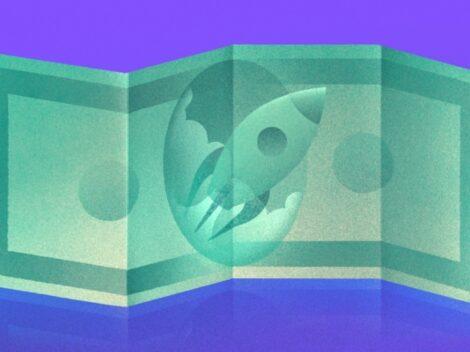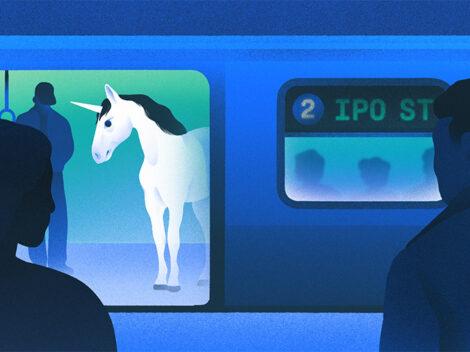Demand for pre-owned designer goods is real.
Luxury consignment platform TheRealReal on Friday filed for a $100 million IPO. The eight-year-old San Francisco company plans to trade on the Nasdaq under the ticker symbol “REAL.”
Subscribe to the Crunchbase Daily
While the firm did list a $100 million offering size in its IPO documents, the figure is merely a size-indicating placeholder. The firm will likely raise in the hundreds of millions, but less than $500 million. Larger offerings are usually given larger placeholder figures as a signal to investing entities and the public-at-large.
Let’s start by reminding ourselves what TheRealReal is, where it’s from, and how much money it took to get to today. Afterward, we’ll look at the money.
TheRealReal
Julie Wainwright, former CEO of Reel.com and Pets.com, founded TheRealReal in 2011. It started out as an online marketplace to help facilitate transactions for buyers and sellers of luxury goods. Over time, it expanded into brick and mortar locations as well. The company prides itself on making sure all items sold via its platform and/or stories are “authentic,” or real, hence its name.
Over time, TheRealReal has raised a known total of $288 million, according to its Crunchbase profile. Its last funding round was a $115 million Series G raised in July 2018. Backers include Great Hill Partners, Canaan Partners, PWP Growth Equity, InterWest Partners, Greycroft, E.ventures and Greenspring Associates.
The online luxury goods segment is a hot one these days. In April, we reported on how fashion resale marketplace Poshmark was reportedly eyeing an IPO that could take place as early as this fall. Rent the Runway, which allows people to “rent” designer goods, has raised more than half a billion dollars over time, most recently raising a $125 million Series F that valued the company as a unicorn post-money.
The Money
In its filing, TheRealReal reported revenue of $207.4 million in 2018, up 55 percent compared to 2017. However, its operating loss increased to $73.9 million for the year versus $51.8 million in 2017. TheRealReal’s net losses are higher ($52.3 million and $75.8 million, respectively), and when certain value-accretion tied to preferred shares is included, come in worth $54.9 million and $84.7 million for 2017 and 2018.
Turning to the quarter ending March 31, TheRealReal grew its total revenue from $46.5 million in the first three months of 2018 to $69.3 million during the same period of 2019. That works out to growth of about 49 percent. It will be interesting to see how investors weight the firm’s yet-healthy growth next to its decelerating pace of growth.
TheRealReal’s net loss grew over the same time period, from $14.1 million to $23.2 million over the first quarters of 2018 and 2019 (before preferred-share accretion related expenses).
In its filing, the company noted it “generates revenue from orders processed through its website, mobile app and three retail stores located in New York and Los Angeles.” It works as a facilitator between buyers and sellers, taking a cut of each transaction.
Turning to adjusted profits, TheRealReal continues to churn up more red ink through its operations. In the first quarter of 2018, the firm posted negative adjusted EBITDA of $11.3 million. The heavily-adjusted profit metric wasn’t enough to staunch a slide during the same quarter of 2019 in which TheRealReal’s result slipped to negative $18.5 million.
Slowing growth stapled to non-recurring revenue and rising unprofitability isn’t precisely the cocktail that everyone likes to sip when the markets open. TheRealReal’s rising operating cash burn won’t help either. In the first quarter of 2018 the firm’s operations consumed just under $15 million. In the first quarter of 2019 that figure rose to $22.6 million.
TheRealReal closed out Q1 2019 with just under $89 million in cash. This IPO is a fundraise that the company hopes will fill its coffers, and provide it with enough runway to either be able to raise more capital if needed, or find free cash flow breakeven.
More when it sets a price range.
Illustration: Li-Anne Dias

Stay up to date with recent funding rounds, acquisitions, and more with the Crunchbase Daily.









![Illustration of pandemic pet pampering. [Dom Guzman]](https://news.crunchbase.com/wp-content/uploads/2021/03/Pets-2-300x168.jpg)

67.1K Followers